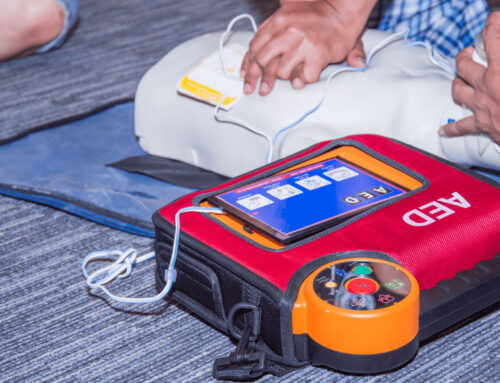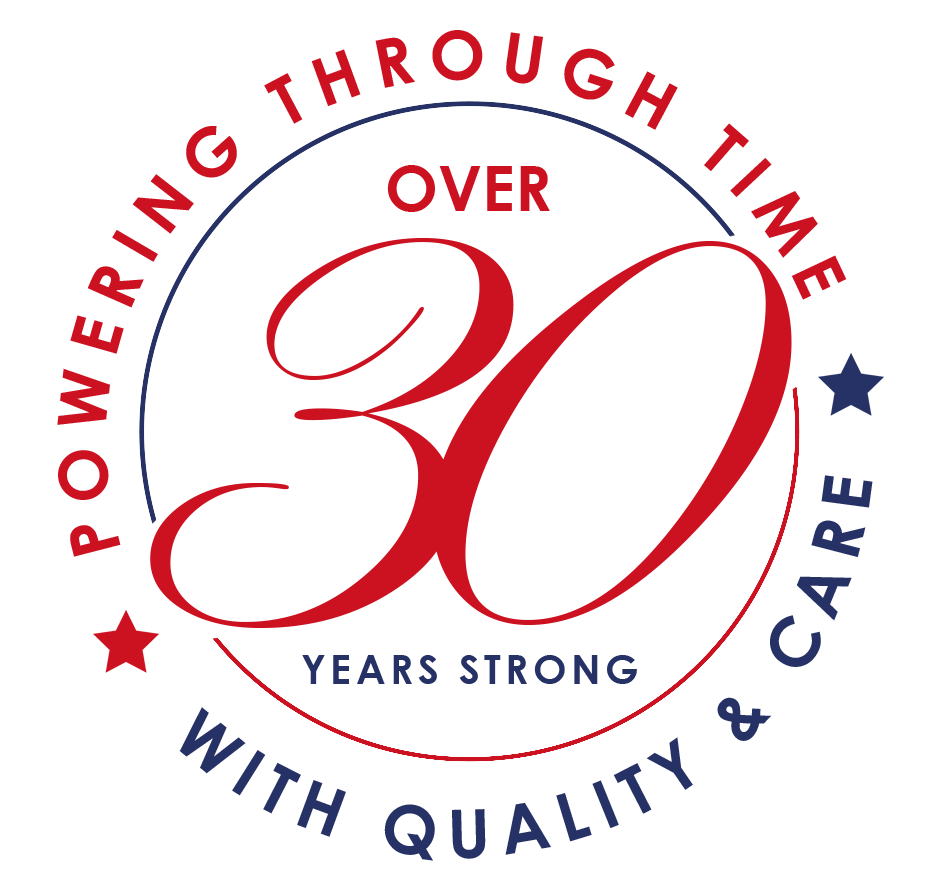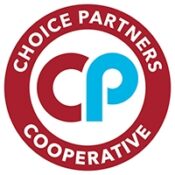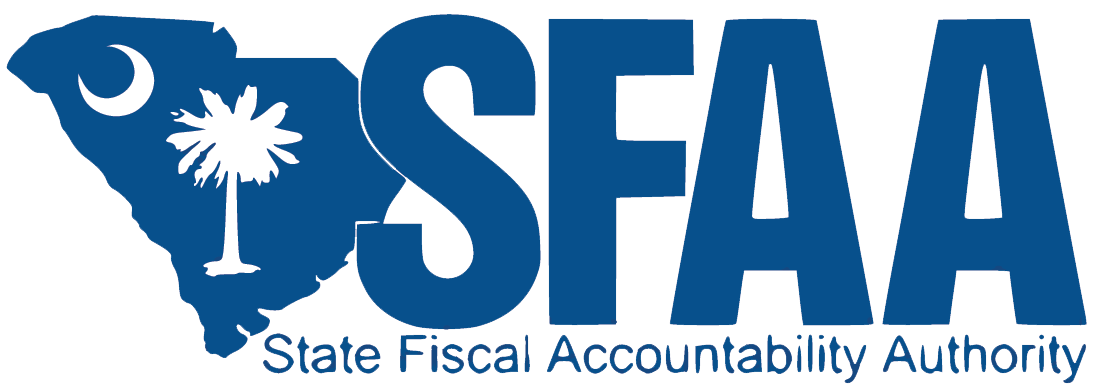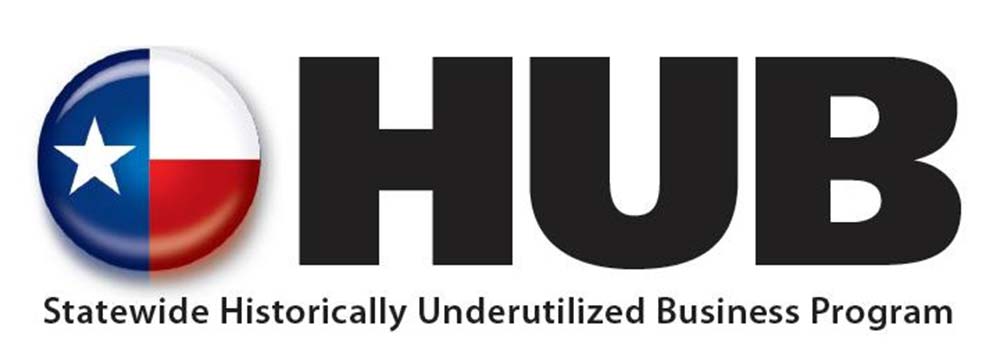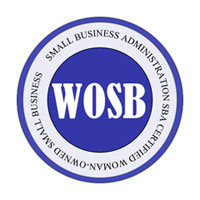Procurement 2024 Best Practices
As we look ahead to the future of procurement, it’s evident that the function is rapidly evolving. With technological advancements, changing business environments, and a greater emphasis on strategic value creation, procurement has come a long way from its traditional transactional role. This blog will delve into the best practices for procurement specialists as we gear up for 2024.
Understanding the Evolution of Procurement
The first step towards embracing the future of procurement is understanding its past and present. Over the years, procurement has transformed from a transactional activity focused mainly on cost savings to a strategic function that drives value across the organization. Today, procurement specialists are expected to manage supplier relationships, drive innovation, mitigate risks, and contribute to sustainability, among other responsibilities.
Solid Procurement System: Inputs, Outputs, and Processes
A solid procurement system is the backbone of effective procurement operations. The inputs to this system include requisitions, purchase orders, and supplier data. The processes involve supplier selection, order management, quality control, and payment processing. The outputs include reports, performance metrics, and insights that aid decision-making.
To develop a solid procurement system, procurement specialists must ensure they have accurate and timely inputs, efficient and effective processes, and outputs that provide meaningful information.
Developing Meaningful Performance Measurements
Performance measurements are crucial for assessing the effectiveness and efficiency of the procurement function. These metrics should go beyond traditional measures like cost savings and include indicators that reflect the strategic value of procurement. Examples include supplier performance, contract compliance, spending under management, and stakeholder satisfaction.
Necessary Conditions at All Four Levels
In 2024, procurement specialists must operate effectively at all four levels: strategic, tactical, operational, and contingency.
- Strategic Level: At this level, procurement should align with the organization’s overall strategy. This involves understanding the business goals, identifying how procurement can contribute to these goals, and developing a strategic procurement plan.
- Tactical Level: Here, procurement specialists must make decisions supporting the strategic plan. This includes selecting suitable suppliers, negotiating contracts, and managing supplier relationships.
- Operational Level: At the operational level, procurement involves managing day-to-day activities such as processing orders, resolving issues, and ensuring the timely delivery of goods and services.
- Contingency Level: Given the uncertainties in today’s business environment, procurement specialists must also be prepared for contingencies. This involves risk management, scenario planning, and backup plans.
The future of procurement calls for a strategic, value-driven approach backed by solid systems and processes. As we move towards 2024, procurement specialists who understand this evolution and adapt to these changes will be well-equipped to drive success in their organizations.



